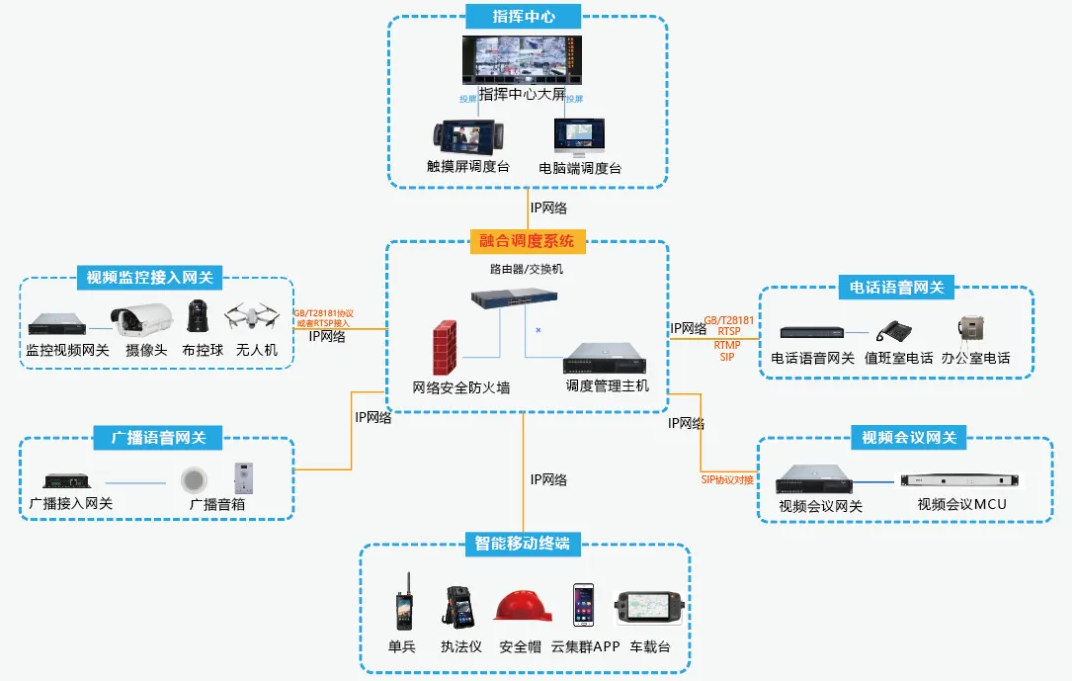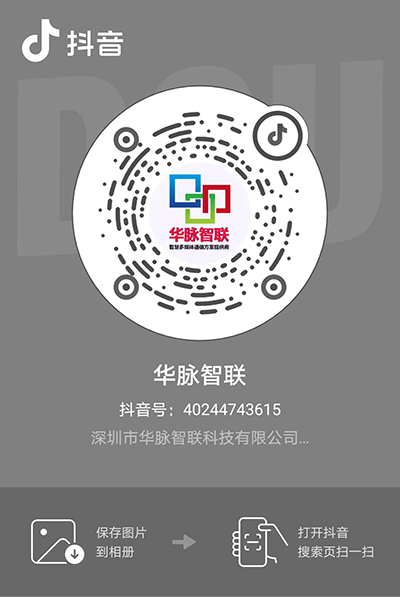Mine Rescue Team Emergency Command and Dispatch System
Mine Rescue Team Emergency Command and Dispatch System
Mine rescue teams face complex on-site environments and high-risk operating conditions when responding to mine accidents and emergencies. Mine accidents often involve multiple aspects, such as mine collapses, fires, gas leaks, etc., requiring rapid, coordinated, and efficient rescue operations. The construction of an emergency command and dispatch system aims to enhance the response capabilities and on-site command efficiency of mine rescue teams in emergencies, ensuring orderly rescue operations, reducing errors and delays, and improving the safety of mine personnel.
Currently, the emergency command of mine rescue teams faces several challenges, particularly in terms of systematization, informatization, and modernization. For example, slow information transmission, inefficient command and dispatch, and lack of real-time data support significantly impact the efficiency and effectiveness of rescue operations. Therefore, building an efficient emergency command and dispatch system is particularly urgent.
Current Status of Mine Rescue Team Emergency Management
In traditional mine rescue emergency management, command and dispatch often rely on manual methods, such as telephone communication, wireless intercoms, handheld terminals, and other devices. Although these devices provide basic communication capabilities to some extent, the existing management methods cannot fully meet the high-efficiency requirements of emergency rescue due to the following reasons:
Information Silos: Lack of unified interfaces and data sharing among various devices and systems leads to untimely and incomplete information, preventing commanders from grasping the on-site situation in real time.
Communication Limitations: The complex communication environment within mines makes traditional methods like intercoms, recorders, and telephones unstable, failing to meet real-time communication needs in emergencies.
Low Dispatch Efficiency: The absence of a unified command platform prevents commanders from quickly and accurately dispatching rescue teams and equipment, potentially leading to unreasonable resource allocation and delayed rescue times.
Demand Analysis
The main requirements for the ground emergency command and dispatch system of mine rescue teams include:
Real-Time Information Collection and Sharing: Ability to collect real-time information from the accident site, such as gas detection, geological surveys, miner positioning, and environmental monitoring data, and transmit it to the command center for decision-making.
Real-Time Dispatch and Task Allocation: Ensure the command center can monitor the status of each rescue team in real time and adjust resources and assign tasks based on the on-site situation.
Multi-Party Communication and Coordination: Support real-time communication between the command center and multiple rescue teams, ensuring compatibility and smooth operation across different devices.
Visual Dispatch Platform: Provide a graphical interface to display the accident site, rescue team distribution, resource allocation, and task execution, offering intuitive decision-making support.
Emergency Resource Management: Establish an efficient emergency resource database, including equipment, vehicles, personnel, and medical supplies, to ensure efficient and precise resource dispatch.
Safety Assurance and Emergency Plan Management: The system should include an emergency plan library, supporting the invocation and execution of plans for different types of mine disasters to ensure rapid response in emergencies.
System Dispatch Architecture
To ensure the efficiency and safety of emergency rescue dispatch, the system architecture should be highly integrated, real-time, and scalable. The main components of the system architecture include:
Command Layer: Touchscreen integrated dispatch consoles, mobile dispatch consoles, and other PC application terminals.
Business Layer: Voice intercom, video transmission, image capture and transmission, task dispatch, video distribution, multi-screen monitoring, GIS applications, silent monitoring, emergency plans, emergency dispatch, inspection management, and SMS communication system integration.
Support Layer: Remote deployment ensures unified data management for the Lu‘an Chemical Group.
Transmission Layer: The system supports the integration of various communication networks, including 3G/4G/5G, GSM/CDMA, WIFI, and other wired/wireless networks.
Terminal Layer: The system supports the integration of various audio, video, and data terminals, such as smart individual soldiers and 4G vehicle-mounted devices, allowing unified dispatch through the presentation layer.

Main Functional Modules
Audio and Video Communication:
Audio Calls: Ensure voice communication between the command center and rescue teams, supporting two-way calls and group calls.
Video Calls: Commanders can view real-time video feeds from rescue teams to obtain detailed on-site information.
Monitoring Functions:
On-Site Video Monitoring: Access real-time video from on-site cameras (e.g., vehicle-mounted cameras, helmet cameras) to monitor the accident location and rescue progress.
Environmental Monitoring Data: Integrate data from mine sensors (e.g., gas concentration, temperature, humidity, pressure) for real-time environmental monitoring.
Video Conferencing:
Enable video conferences between the command center and rescue teams, allowing real-time discussions on rescue plans and ensuring synchronized decision-making.
Map Dispatch:
Location Monitoring: Track the geographical location of rescue teams in real time using GPS or other positioning technologies.
Route Planning: Plan optimal routes for rescue teams based on on-site maps and conditions to avoid redundant or ineffective actions.
Resource Dispatch: Allocate rescue equipment, supplies, and personnel based on the on-site situation.
Access Devices
Command Center Dispatch Console: The control hub of the system, where dispatchers conduct command, dispatch, and communication operations.
Explosion-Proof Broadcast Phones: Installed in mines for daily broadcasts and rapid dissemination of instructions and safety information, ensuring the command center can handle emergencies.
Explosion-Proof Intercom Terminals: Used for basic communication in mines, especially in areas with unstable network signals, ensuring audio and video communication during emergencies.
Vehicle-Mounted Devices: Equipped on rescue vehicles to maintain real-time communication with the command center.
Monitoring Cameras: Installed in various areas of the mine to provide real-time video feeds to the command center.
Safety Helmets: Equipped with cameras, microphones, and sensors to transmit first-person perspectives and environmental data, providing comprehensive information to commanders.
By establishing a ground emergency command and dispatch system for mine rescue teams, the response speed and coordination capabilities of mine emergency rescues can be significantly improved. Integrating audio and video communication, real-time monitoring, and map dispatch functions, the system provides timely on-site information after accidents, helping commanders make scientific decisions and allocate resources effectively, ultimately ensuring personnel safety and minimizing disaster losses. Additionally, the system‘s device integration and flexible dispatch capabilities make it adaptable to various mine and disaster scenarios, offering broad applicability and scalability.


 scan
scan
 15818654305
15818654305
 Room 436, Building 51, Qiongyu Road, Yuehai Street, Nanshan District, Shenzhen City, Guangdong Province
Room 436, Building 51, Qiongyu Road, Yuehai Street, Nanshan District, Shenzhen City, Guangdong Province


